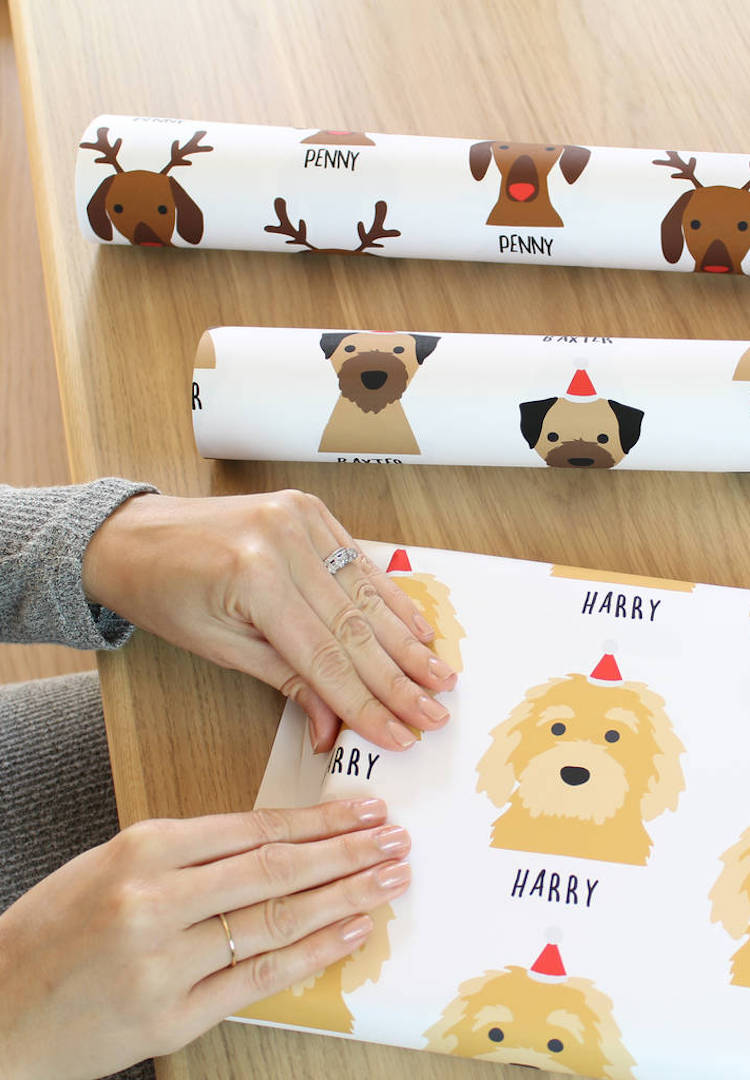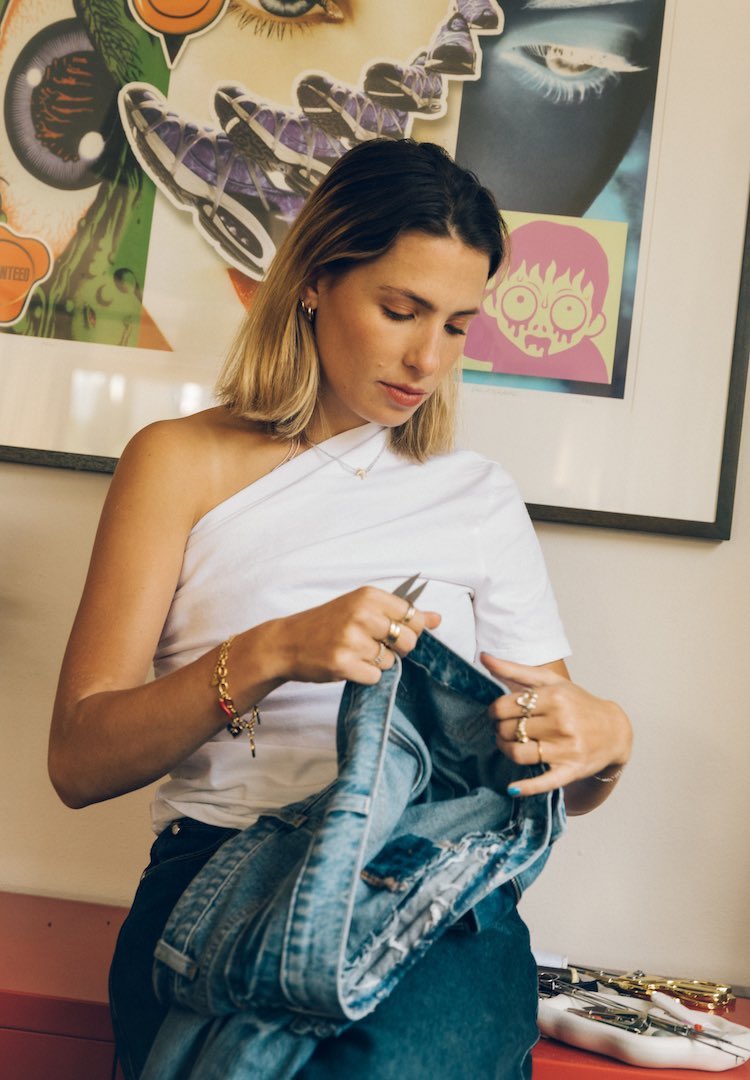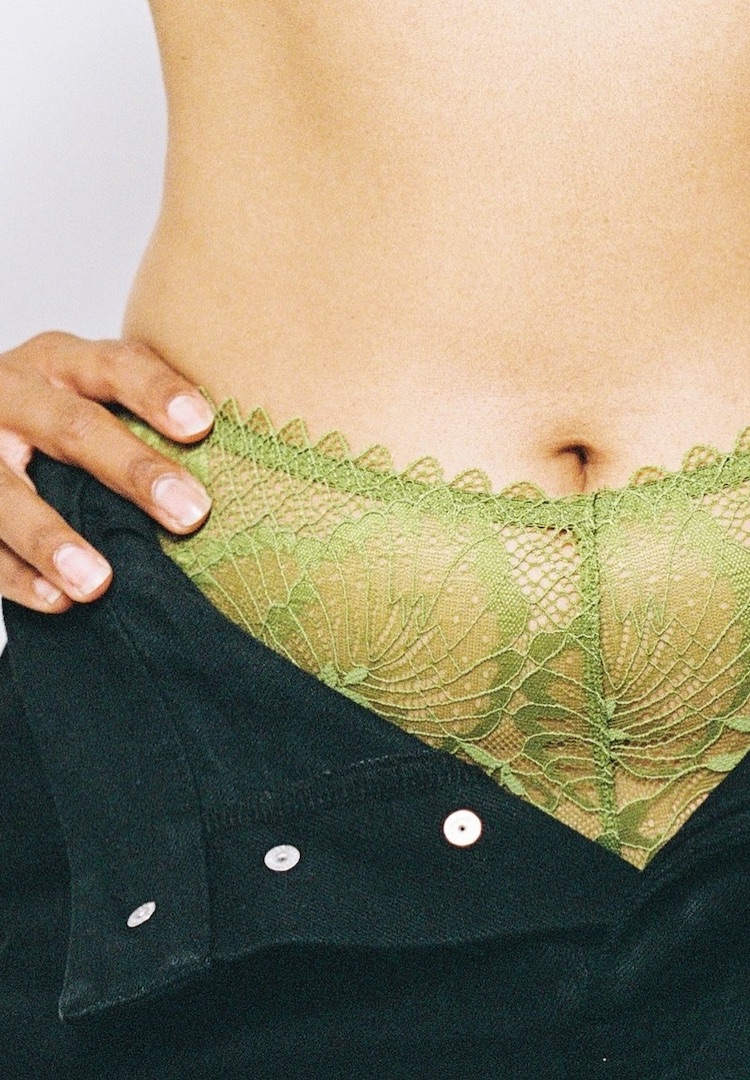Is composting the new black?
Illustration by Twylamae
WORDS BY SARAH GAZAL
A guide for the uninitiated.
If I’m being honest, I never thought I’d be into composting. I couldn’t possibly start composting in my rental. That and, well, doesn’t it smell bad?
Until one day, I became the accidental (but eventually proud) co-parent of a whole fleet of red wrigglers. Yep, worms. I had to get used to the composting thing, and fast! (How good is sharehouse living?)
Before long, I was single-handedly feeding our little fleet of worms daily with scraps. Food waste is now a thing of the past. Want to know the best bit? The fruits of my labour (rather, the worms’ labour) is a highly nutritious and natural fertiliser. With just a little bit of this ‘black gold’, my indoor plant babies went from limp to luscious in a matter of weeks.
But what is composting?
In a nutshell, composting is taking all your organic food waste (waste that was grown as opposed to man-made) and turning it into stuff that looks like dirt but is really a highly nutritious superfood for plants.
It will also keep soil from drying out. Think of compost like a sheet mask for flora. It’s estimated that around half of our household trash is food waste. Whether you believe in global warming or not, when that food waste inevitably ends up in landfill, nasty greenhouse gases get released.
What are my options?
Now, the first step is to decide which ‘system’ is suitable for you. It’s also a wise idea to monitor the amount of food waste your household generates before you commit to one or the other.
I’m going to whiz you through a couple of very manageable composting systems that are totally doable in even the tiniest of homes – no backyard necessary. Plus, composting on a smaller scale affords you viable fertiliser in a shorter space of time. Win! By the time you finish reading this, I guarantee you will be a compost convert.
Option one – worms
Think of having worms like having a pet fish (except a whole school of fish).
All you need to remember is to feed the fish, and occasionally clean out the tank. Same rules apply to a worm farm. Keep these guys well-fed on a diet of raw fruit and veg (but go easy on the citrus) and they will basically take care of themselves. Worms don’t smell at all, so you can even keep these guys under your kitchen sink! Just don’t leave them out in the cold.
Getting set up is easy. You can pick up the whole (live) farm from your local Bunnings, or if you prefer pedigree wrigglers, there are plenty of boutique dealers out there too. Hot tip: start with a smaller fleet and watch it grow. Give it a few months, and these little guys will be sitting on a rich bed of ‘black gold’ (AKA the superfood). Just reach on in and scoop it out.
Option two – the bokashi bin
Worms not for you? That’s OK. Those squirmy fellows can be a bit much for first-time composters.
The Japanese invented this nifty contraption for kitchen waste, called bokashi (meaning ‘fermented organic matter’). Unlike the wrigglers, this system can handle more hardcore waste. Think dairy, uncooked meat and fish, coffee grinds and even tea bags.
To get set up, you’ll need a bokashi bin (they look a little something like those retro Gatorade water coolers). Again, you can pick one up at Bunnings, or you can opt for the boutique variety. You’ll also need a bag of bokashi mix (sometimes called bran) to sprinkle over your scraps. The mix will get things moving a little faster and keep your bin odour-free.
I would recommend placing your bokashi on the kitchen bench for easy access (this is totally hygienic). Just keep adding scraps to the bin, don’t forget to ‘salt bae’ that special bran on top, and keep it tightly sealed.
For some extra oomph, compress each layer of scraps by pressing gently. Getting to the good stuff is easy. Bokashi juice will gather in the bottom of the bin, which you can then feed to your plant babies. Dilute one part bokashi juice to 100 parts water for the ultimate plant fuel. Remember when I said these bins look like a retro Gatorade water cooler? Well, you’ve basically got flora ‘thirst quencher’ on tap.
Once your bokashi bin is full, it’s best to bury the contents under around 20 centimetres of plain old soil. Wait a few weeks for things to neutralise, then use it as a rich top soil.
This article was originally published in Fashion Journal 183. You can read it here.













